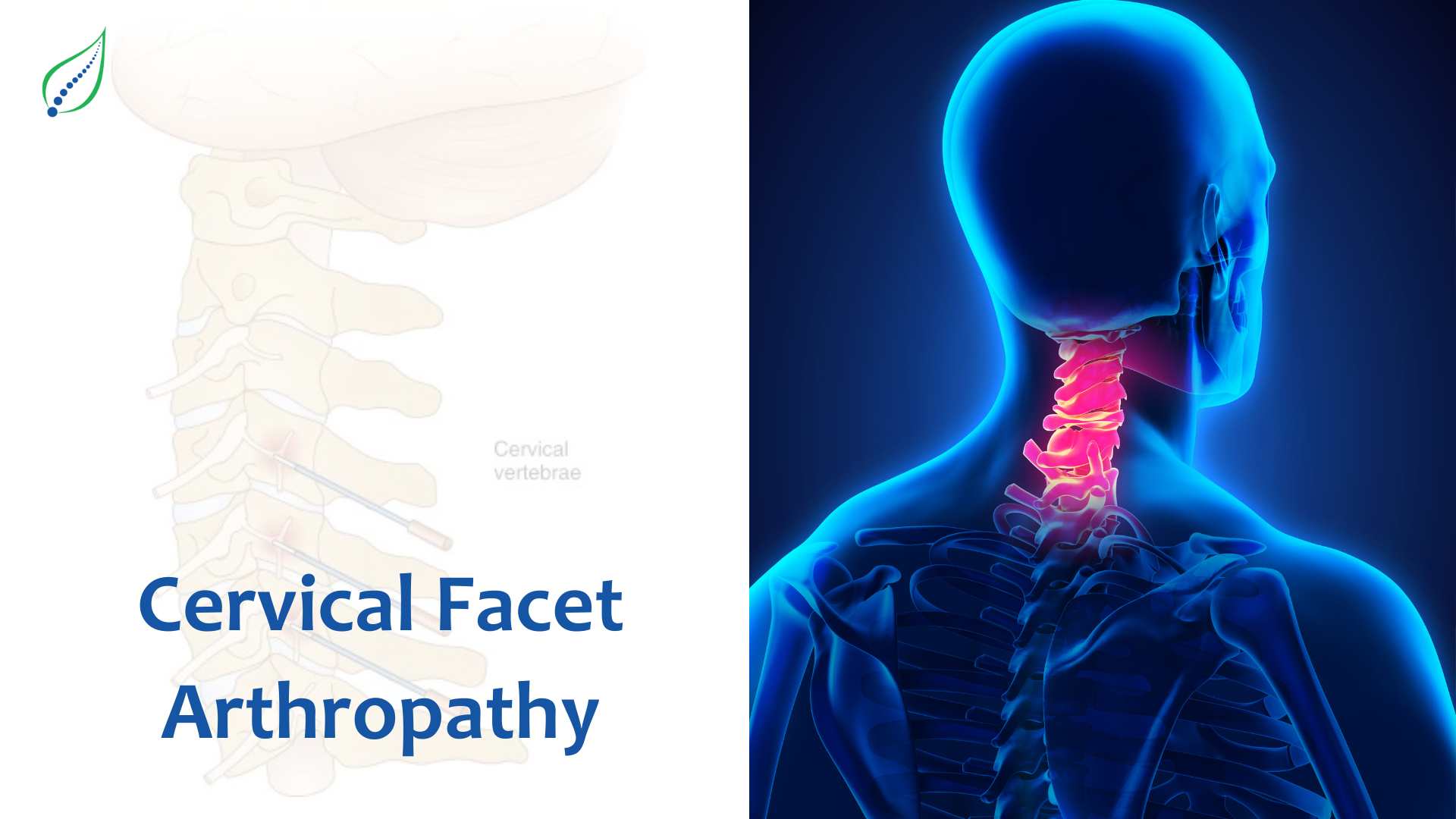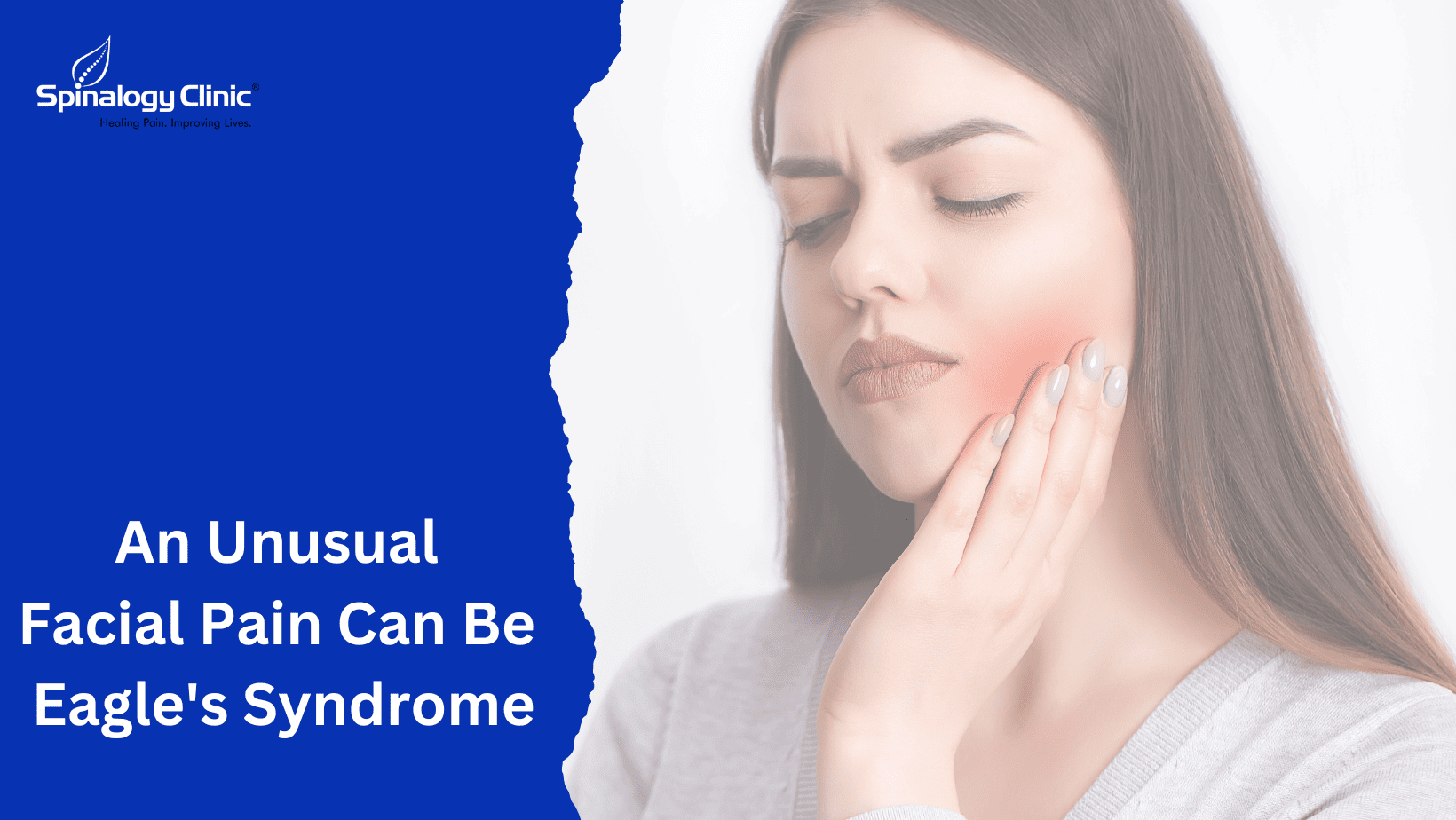Cervical Facet Arthropathy - Causes, Symptoms, and Treatments
Neck pain is an exceedingly common problem that affects millions of people. While some soreness may be temporary, chronic neck pain lasting over three months can be debilitating. One of the most common reasons behind persistent neck pain is a condition called cervical facet arthropathy.
These joints provide structural stability and mobility to the neck but are prone to injuries and arthritis like other joints. When inflamed, cervical facet joints cause dull aching pain that radiates across the shoulders, upper back and even into the head. The pain worsens with movement, disrupting both work and activities of daily living.
Let’s understand the anatomy, causes, and latest therapies for cervical facet arthropathy, sufferers can better discuss options with their doctor and improve their outlook.
Symptoms
Symptoms can vary from mild to severe and may include:
- Pain and tenderness in the neck – People suffering with cervical facet arthropathy mostly experience pain and tenderness in the cervical region of the neck as the inflamed joints cause localized discomfort.
- Pain radiating from neck to shoulder and arm - Due to the compression of the nerve roots of the neck, the pain from irritated facet joints may radiate outward into the shoulder or down the arm.
- Difficulty moving the neck or turning the head - The movement of the inflamed cervical facet joints required for neck rotation or bending can be quite painful, making the range of motion limited.
- Difficulty sitting for prolonged periods - Sitting for long periods worsens neck pain from cervical facet arthropathy as the posture puts pressure on the irritated facet joints.
Difficulty performing overhead activities - Reaching overhead requires extension of the facet joints.
Diagnosis
Here's how a medical professional will diagnose if you have this condition or now:
- Take a complete medical history and conduct a physical examination of the neck
- Order imaging studies like X-rays, CT scans or MRIs of the cervical spine - These may reveal signs of inflammation, arthritis or synovitis in the facet joints, but results can still be inconclusive for diagnosis.
- Perform a diagnostic facet joint injection under X-ray guidance - this is considered the gold standard for confirming cervical facet arthropathy; injecting a local anaesthetic next to the joint calms pain from an irritated joint.
- Conduct Electromyography tests - These detect nerve dysfunction and can aid in pointing spinal joints contributing to cervical nerve root compression.
- Assess range of motion and compile a pain log during movement - Limited range of motion that provokes documented pain can help implicate facet joint arthropathy.
- Combine findings from history, exams and testing for a cumulative diagnosis - No single test definitively diagnoses cervical facet pain, but together they provide confirming evidence.
Treatment methods
There are various treatment and management options available for cervical facet arthropathy. Here are the most prominent ones of them:
- Physical therapy: It focuses on stretches, exercises, and proper posture to stabilize the neck . By strengthening the muscles and supporting the neck through targeted exercises, physical therapy helps to take pressure off the inflamed cervical facet joints so they have a chance to heal. Improving posture also optimizes neck biomechanics long-term.
- Facet joint steroid injections performed under imaging guidance: Steroid medication can be injected directly into irritated cervical facet joints under X-ray or CT scan guidance. This provides powerful localized anti-inflammatory effects, temporarily reducing joint swelling and pain. It creates a window of opportunity allowing patients to more easily participate in physical therapy exercises and improve biomechanics during this period when pain is reduced.
- Radiofrequency rhizotomy (ablation) targeting the medial branch nerves: This procedure uses heat applied through a needle to essentially deactivate the medial branch nerves that transmit pain signals from diseased cervical facet joints to the brain. Disrupting this pain signalling results in significant pain relief lasting typically 6-18 months before the medial branch nerves eventually regenerate.
- Alternating heat and ice therapy: Applying heat increases blood circulation, which helps relax the neck muscles. Ice reduces inflammation associated with the irritated facet joints. Alternating the two can provide natural home pain relief for cervical facet arthropathy.
- Healthy lifestyle measures like weight loss, proper sleep posture, stress reduction: Optimizing modifiable factors such as losing excessive weight, using proper neck support while sleeping and reducing stress , takes some mechanical strain off the cervical facet joints and can provide adjunctive pain relief.
- Topical analgesics like capsaicin cream or lidocaine patches - Applying targeted analgesic creams, gels or patches delivers pain-relieving medication directly to the skin overlying the affected facet joints. This can temporarily relieve localized cervical facet arthropathy discomfort.
Conclusion
While cervical facet arthropathy can be challenging to diagnose and treat, a combination of lifestyle measures, physical therapy, injections, and nerve ablation can effectively manage symptoms. By understanding the condition and working closely with their doctor, patients can find relief and restore mobility.

_1746449195_1751827240.png)


